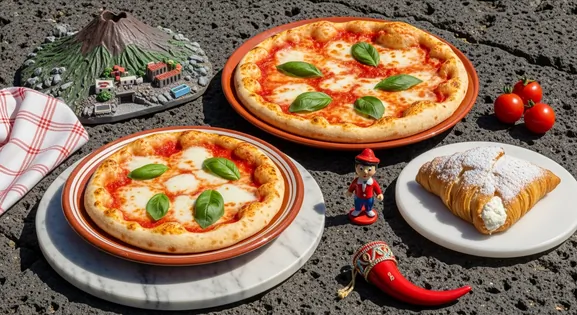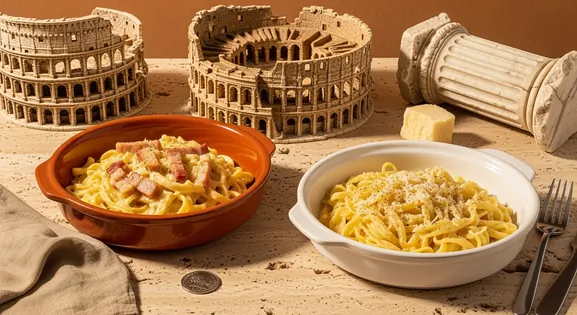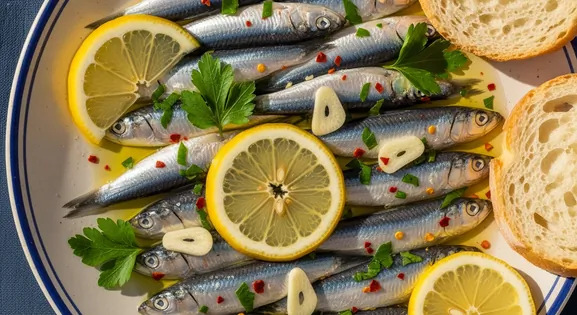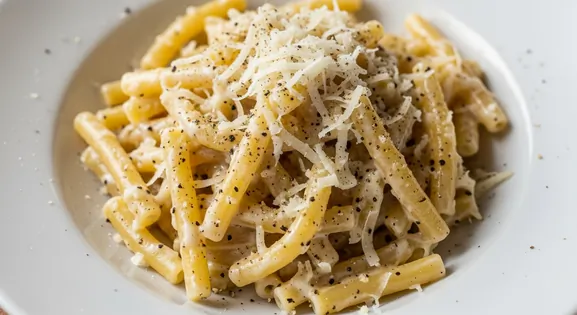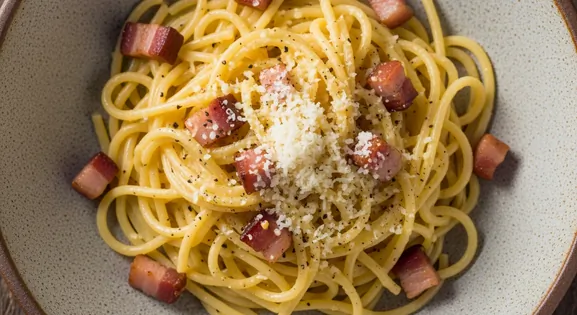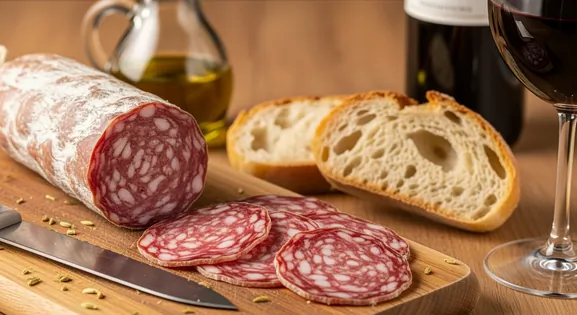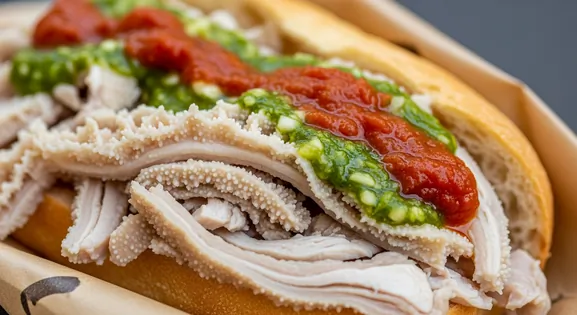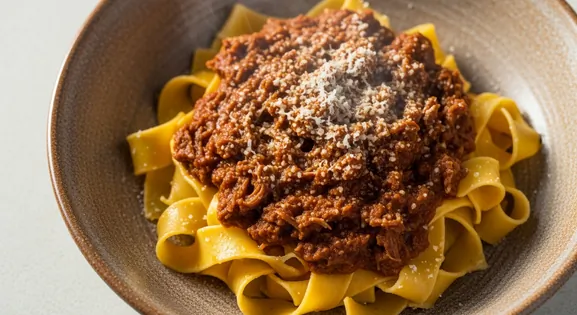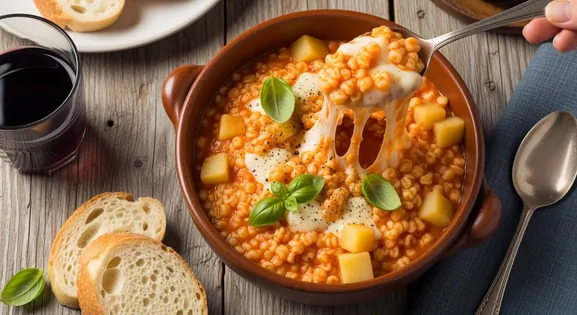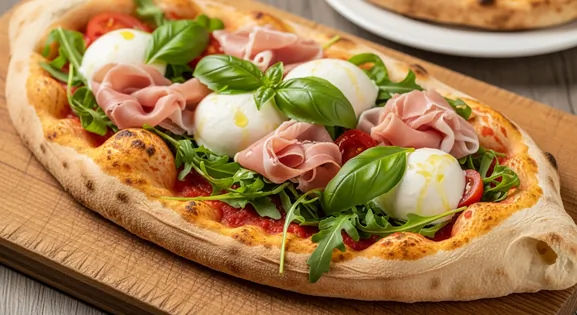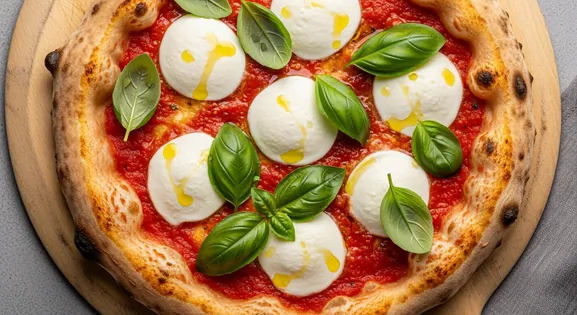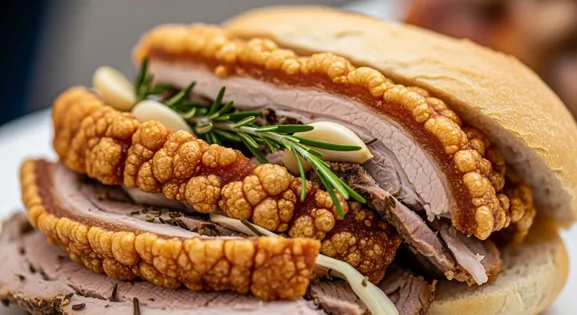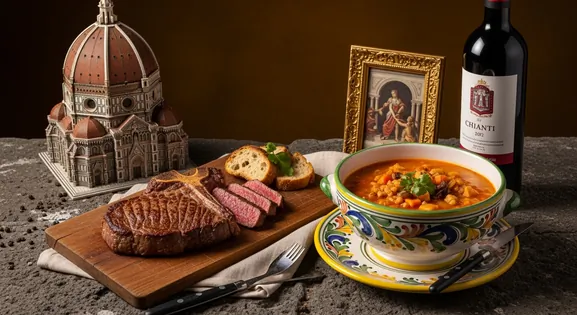
Florence
Discover Florence's best food areas including Mercato Centrale, Sant'Ambrogio Market & Santo Spirito. Expert quality-focused choices, authentic trattorias & must-try Tuscan specialties.
Italian cuisine is a celebration of regional diversity, fresh ingredients, and time-honored traditions. From the sun-drenched olive groves of the south to the rich dairy lands of the north, every dish tells a story of its unique terroir and culinary heritage. It's a food culture deeply rooted in family, seasonality, and the simple joy of sharing a meal, inviting travelers to savor authentic flavors beyond the familiar.
Italian food culture is a tapestry woven from centuries of regional history, agricultural bounty, and a profound respect for ingredients. Unlike a monolithic national cuisine, Italy's culinary identity is defined by its diverse regional specialties, each fiercely proud of its unique dishes, cheeses, wines, and cured meats. Meals are a central pillar of daily life, often multi-course affairs enjoyed leisurely with family and friends, emphasizing fresh, seasonal produce and locally sourced products. The concept of "zero-kilometer" food, or eating what's grown nearby, is deeply ingrained. Simplicity often reigns, allowing the quality of a few key ingredients to shine. From the hearty, butter-rich dishes of Emilia-Romagna to the vibrant, olive oil-based flavors of Sicily, and the pasta-centric traditions of Rome, understanding Italy's food means appreciating its regional nuances and the deep connection between its people, land, and culinary heritage. This isn't just about eating; it's about participating in a way of life.
Italian cuisine is not monolithic; it's a mosaic of distinct regional traditions. A dish from Sicily will taste vastly different from its counterpart in Lombardy. Focus on eating local specialties in each region you visit, as these dishes represent centuries of culinary evolution tied to local ingredients and history.
Italian meals follow a specific progression: antipasto (appetizer), primo (pasta/risotto), secondo (meat/fish), and contorno (side dish), followed by dolce (dessert) and caffè. You are not expected to order every course, but understanding this structure helps you navigate menus and appreciate the dining rhythm.
Italian food emphasizes the quality and freshness of a few key ingredients rather than complex preparations. Look for restaurants that highlight local, seasonal produce and have a concise menu, often a sign of fresh, well-prepared dishes rather than an extensive, generic offering.
Expert tips for enjoying Italy's vibrant local markets and making quality-focused choices
How to appreciate authentic regional specialties across Italy's diverse culinary landscape
Must-try Italian street foods include arancini (fried rice balls), supplì (Roman rice croquettes), porchetta (herb-stuffed roast pork), panzerotti (fried savory turnovers), and cannoli (sweet ricotta-filled pastries). Regional specialties vary widely, from Sicilian sfincione to Neapolitan pizza a portafoglio (folded pizza).
Tap water is generally potable throughout Italy. Public drinking fountains (fontanelle or nasoni) in cities like Rome provide clean, refreshing water. However, in some southern regions and remote areas, bottled water may be preferable for visitors with sensitive systems.
Look for establishments with a concise menu, often handwritten, focusing on seasonal and local ingredients. A good sign is if the restaurant specializes in regional cuisine rather than offering a generic "Italian" menu. Observe if locals frequent the place, especially during peak dining hours, and if the atmosphere prioritizes food and conversation over tourist-oriented decor.
Italian dining involves distinct courses: antipasti (appetizers), primi (pasta/rice), secondi (meat/fish), and dolci (dessert). It's acceptable to order fewer courses. Coperto (cover charge) is standard. Tipping is appreciated but not mandatory as service is typically included. Espresso is enjoyed after, not during, meals.
June, July, August
In hot months, ensure gelato displays aren't artificially vibrant or piled high, which indicates lower quality
Summer heat accelerates food spoilage; quality vendors maintain appropriate temperature control
October, November, December
During truffle season, ensure you're getting genuine local truffles, not imported or synthetic alternatives
Wild mushroom dishes are popular in autumn but should only be consumed from reputable vendors
Discover Florence's best food areas including Mercato Centrale, Sant'Ambrogio Market & Santo Spirito. Expert quality-focused choices, authentic trattorias & must-try Tuscan specialties.
Discover Naples' best street food areas including Spaccanapoli, Quartieri Spagnoli & Porta Nolana Market. Expert pizza tips, local specialties & must-try authentic dishes.
Discover Rome's best food areas including Testaccio, Trastevere & Campo de' Fiori. Expert quality-focused tips, authentic pasta dishes & where to find traditional Roman cuisine.
Fresh anchovies cured in lemon juice and olive oil.
Pasta with pecorino cheese, black pepper, starchy water sauce.
Pasta with eggs, pecorino, black pepper, guanciale.
Coarse ground pork salami with fennel seeds.
Slow-cooked beef tripe sandwich with herb sauce.
Wide ribbon pasta with slow-cooked wild boar ragu.
Thick potato pasta with melting provola cheese.
Pie with wheat berries, ricotta, candied citrus, orange blossom.
Oval flatbread made from multiple flours, crispy outside, soft inside.
Thin-crust pizza with tomatoes, mozzarella, basil, olive oil.
Deboned, stuffed pig slow-roasted with herbs, crispy skin.
Flatbread with wine grapes, sugar, sometimes herbs.
At Tasteplorers, our mission is to provide the most accurate and useful travel information in the world. To achieve this, all content on this site is created through our unique editorial framework. We utilize leading AI research tools, guided by our proprietary prompts, and a multi-stage validation process. This entire system is overseen by our editorial team to ensure everything we publish meets our high standards for accuracy, cultural nuance, and practical value for travelers.
Learn more about our Editorial Process and our Mission.
Discover Europe's diverse culinary landscape, from Mediterranean flavors to hearty Alpine fare. Learn to navigate markets, decode menus, and eat like a local.
Discover the vibrant cuisines of Latin America & the Caribbean. Our expert guide covers everything from Mexican street food to Peruvian ceviche and market tips.
Explore Oceania's diverse food scene. Learn about Polynesian earth ovens, Fijian feasts, and the vibrant café culture of Australia and New Zealand.
Explore Southeast Asia's diverse food cultures from Thailand to Vietnam. Get expert tips on navigating spice levels, choosing quality vendors, and understanding the rich traditions of the region.
